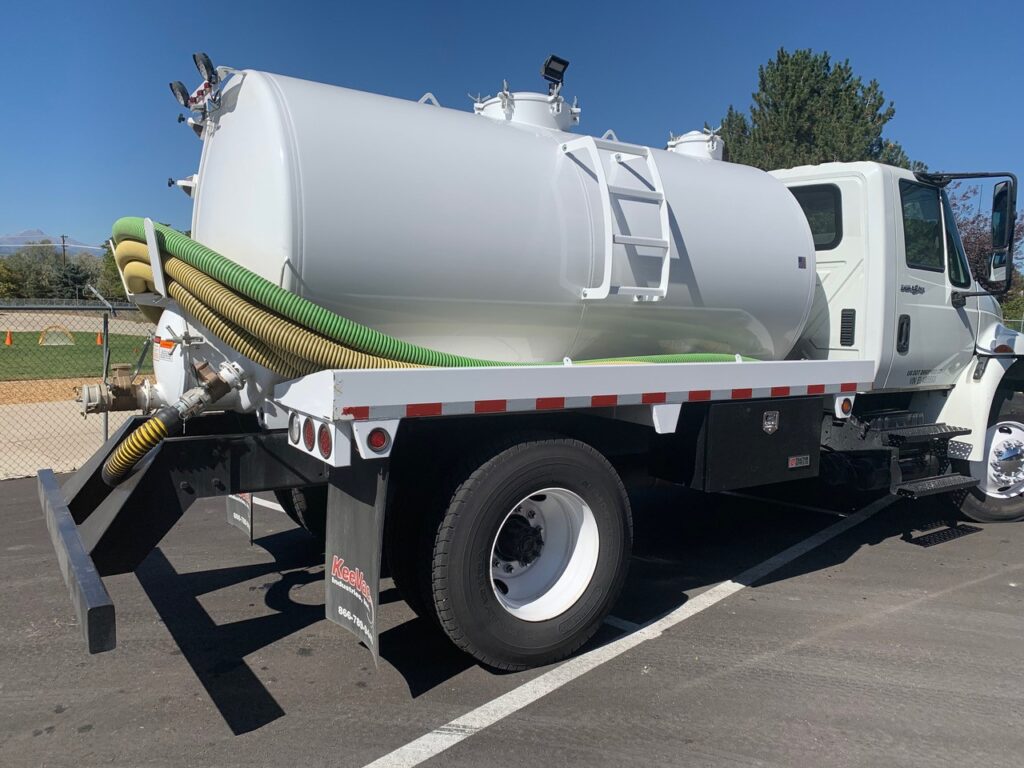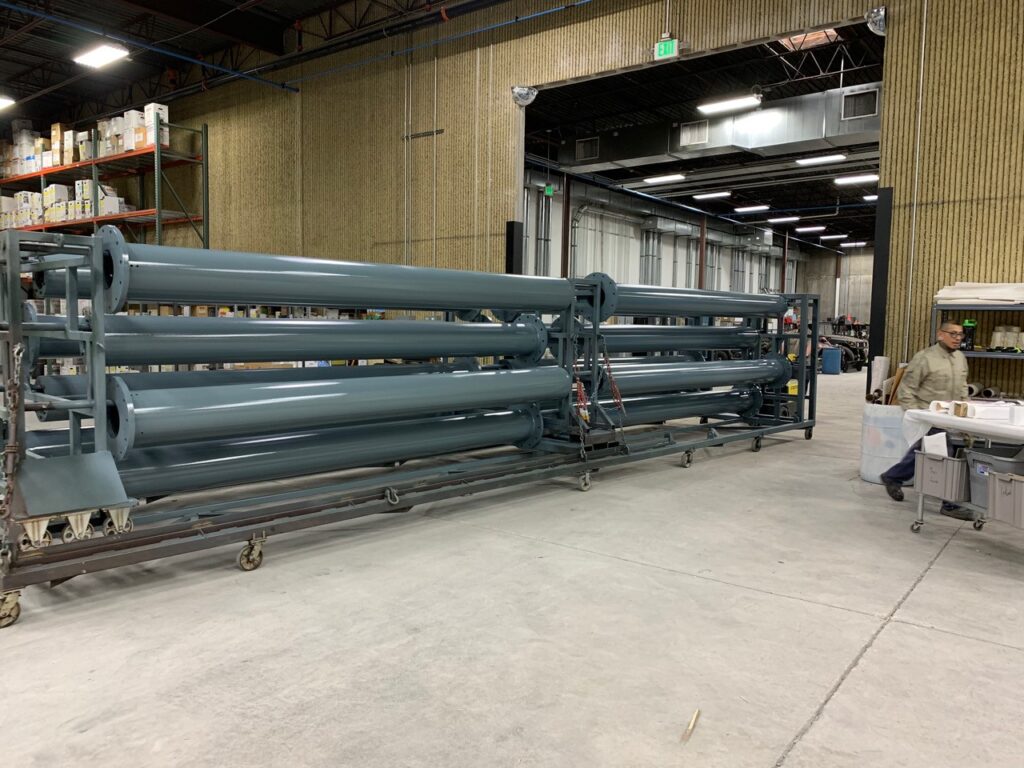Tailored Coating Systems
We are the largest custom coater in all of Colorado. Our biggest oven is a massive 12′ x 12′ x 40′ and our booths are even larger. This means we have the ability to process a wide range of parts and sizes. Many years ago, we realized that pretreatment is critical to long-lasting coatings, which is why we offer iron phosphate and / or media blasting before the coating is applied.
While some customers prefer iron phosphate, others swear by blasting, and some need both to ensure they get complete corrosion protection and adhesion. We can tailor each coating so it lasts for years to come.
With tens of thousands of pounds of powder in stock (all inventoried in our computer system), we’re able to keep track of things down to the pound and set minimum stock quantities. We ensure that we’ll never run out of powder in the middle of a project.
Click on the links below to learn more – not all colors are in stock but can be ordered in if needed. We also source from other companies then what are listed here.
- Essentials Exterior and interior powder coating applications | Volume 6
- Metallics & Special Effects – metallic and special effect powder coatings | Volume 2
- Super Durable – Super Durable Powder Coatings | Vol 3
- RAL Colors + Textured & Smooth – Based on RAL | Interior & exterior applications | Vol 3
- Cardinal Powder Coating
- Prismatic Powders Website
LARGEST
Custom Coater in Colorado
Call Premium Powder Coating to find out exactly what powder we have in stock.
303-776-7560



